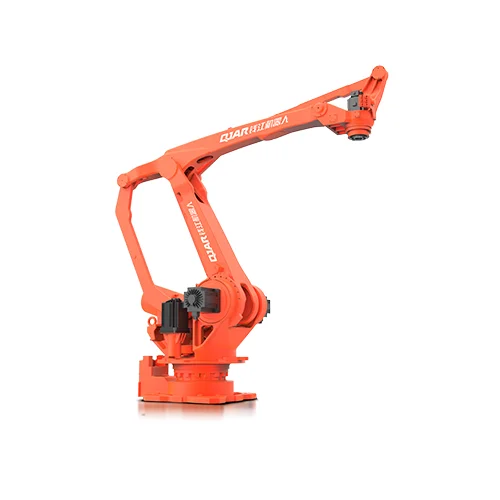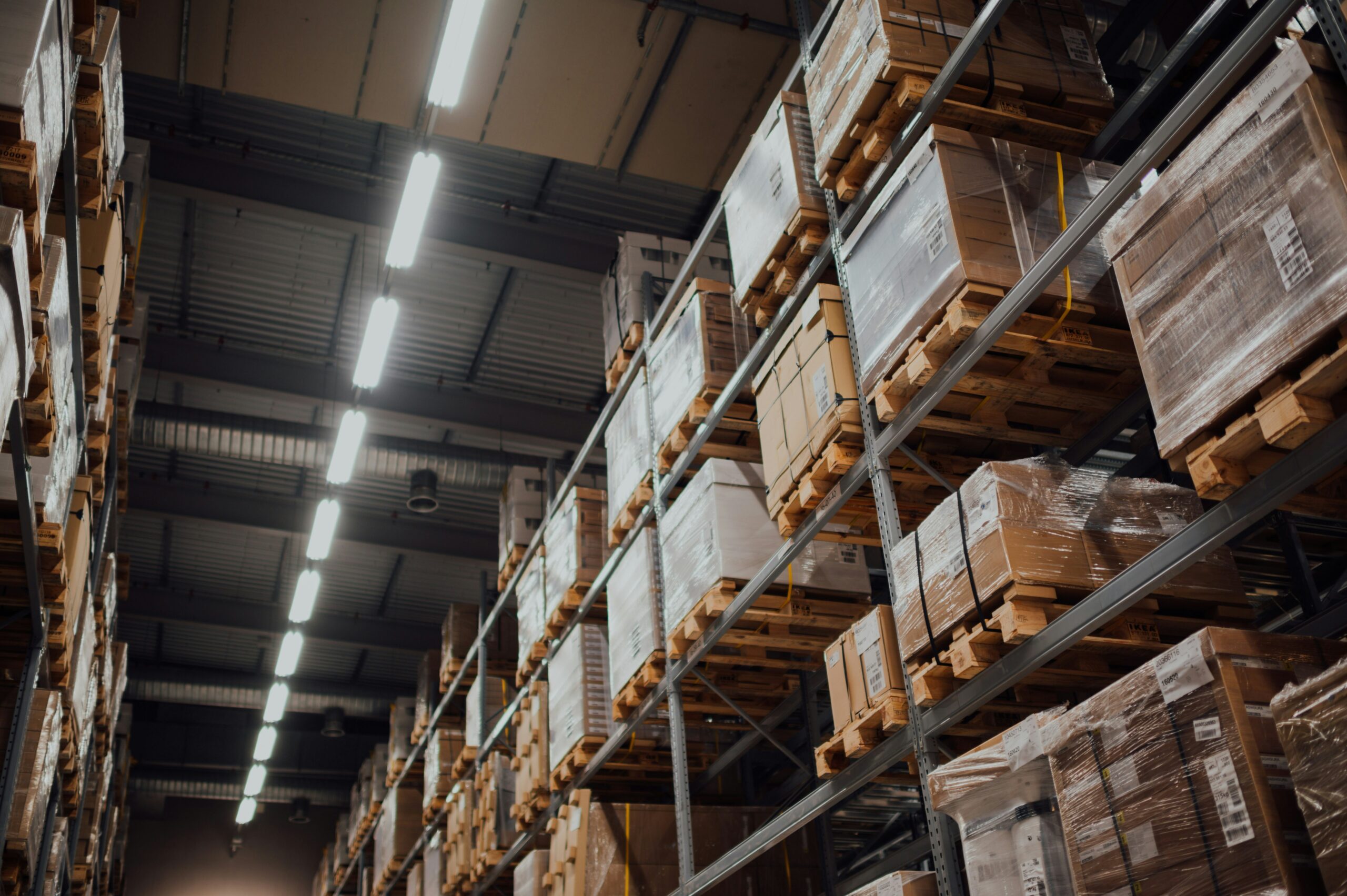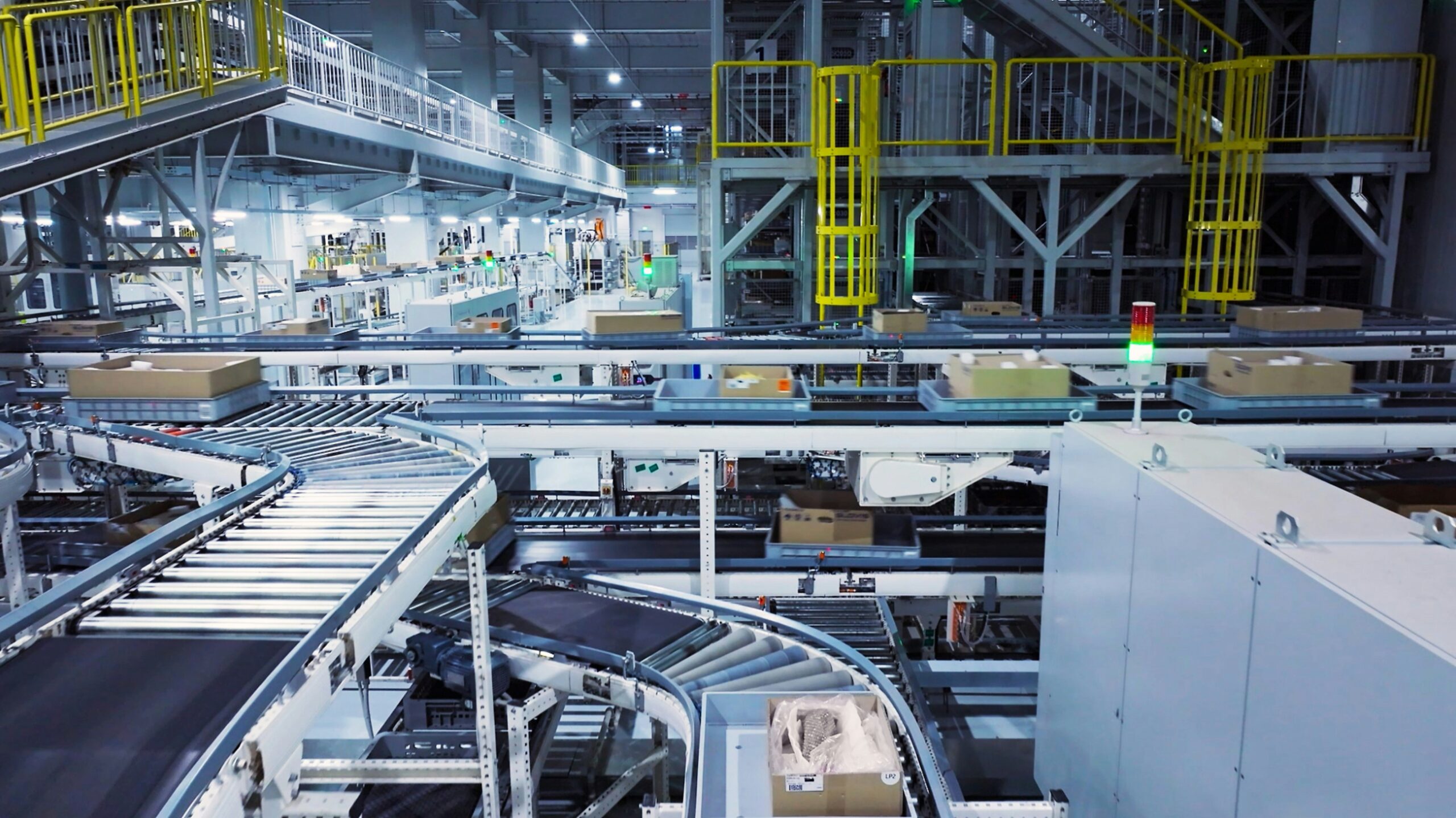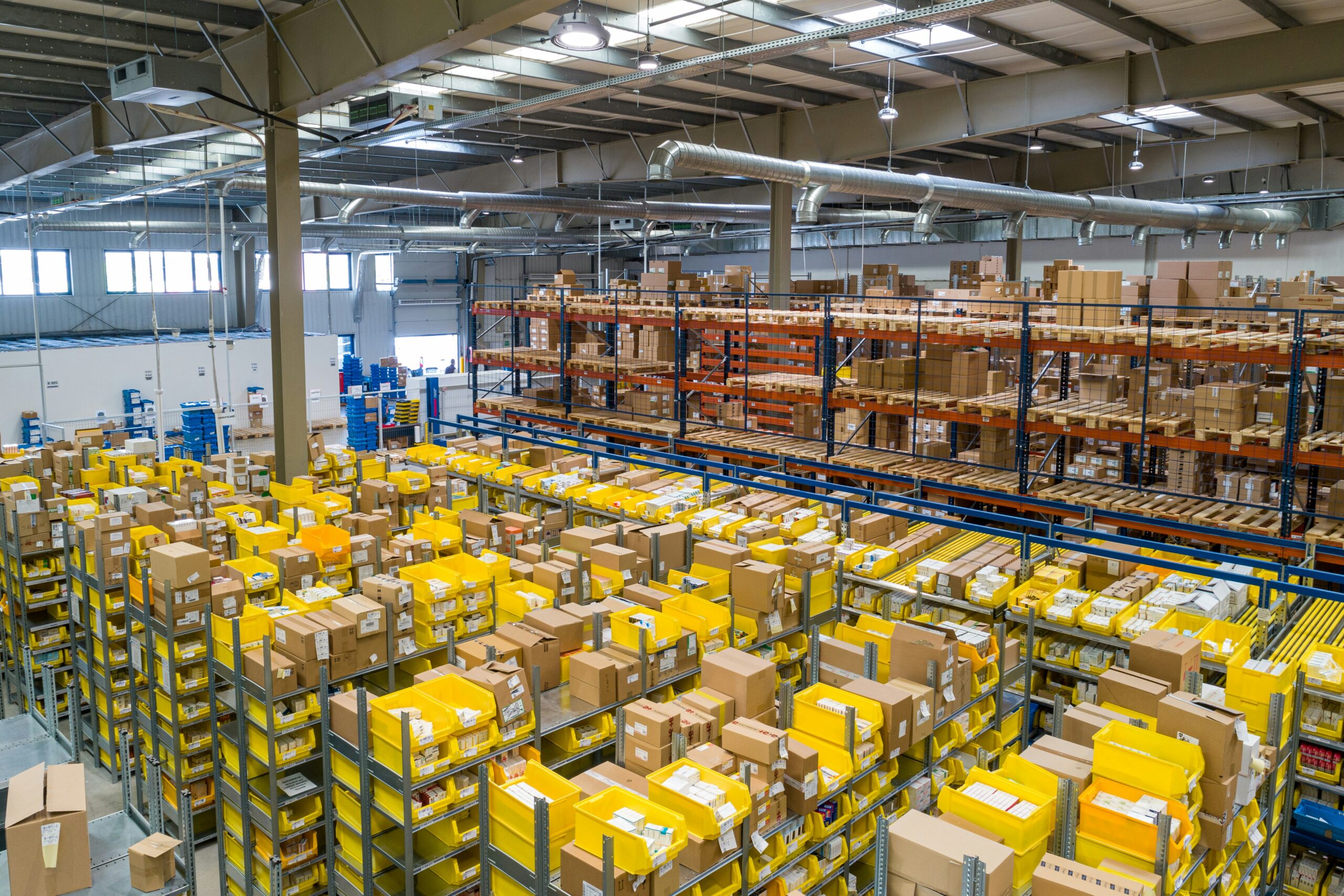A tectonic shift is occurring in the logistics sector as a result of an unrelenting pursuit of speed, precision, and effectiveness in warehouse operations. In the context of this fundamental change, palletizing robots emerge as a model of innovation, offering a robust solution to meet the demands of modern logistics. In particular, the QJRB180-1 robotic arm is notable for representing the utmost in technological progress within this field. This article explores the ways in which the integration of advanced machinery can enhance operational efficiency and fortify warehouses against the constantly changing logistics industry.
The Function of Robotics in Contemporary Warehousing
The Transition to Automation
Automation is firmly establishing itself as the fundamental framework of global warehousing and logistics operations; this is not a passing fad. In pursuit of operational excellence, warehouses are progressively adopting autonomous systems to tackle obstacles including labor scarcity, the requirement for precision, and the time limitations associated with swift product changes. In order to facilitate this transition, the implementation of robotics in logistics, particularly palletizing robots, which provide solutions to increase productivity and decrease errors, is critical.
A Brief Overview of Palletizing Robots
The purpose of palletizing robots, including the QJRB180-1, is to automate the laborious yet vital process of arranging products onto pallets, which is detrimental to the efficiency of warehouse operations. In addition to their capacity to manage substantial quantities, these robots guarantee the precise and secure palletization of merchandise, thereby preparing it for dissemination.

Logistics Benefits of Palletizing Robots
Enhanced Productivity and Efficiency
The integration of palletizing robots into warehouse operations has a profound impact. Having a reach of 3153mm and a payload of 180kg, the QJRB180-1 robotic arm serves as an illustration of this revolution. Its ability to operate precisely and at high rates substantially increases the efficacy and output of processes like palletizing, picking, and packaging.
Labor Expense Reductions and Workplace Injuries
Considerable reductions in workplace injuries and labor expenses are outcomes of the implementation of palletizing robots, such as the QJRB180-1. By reducing the workload of human laborers and the probability of catastrophes linked to physically physically demanding and repetitive tasks, robots aid in the establishment of a secure work environment.

Flexibility and scalability
Palletizing robots provide logistics operations with an exceptional degree of scalability and flexibility. In the context of fluctuating demand, warehouses can greatly benefit from the adaptability of robotics, which eliminates the need for additional staff hiring and training and logistical complications. This characteristic enables warehouses to respond to market demands in a timely and effective manner.
A Technical Analysis of the QJRB180-1 Arm Robotic System
A Synopsis of the Technical Specifications
The QJRB180-1 robotic arm is well-suited for a variety of logistical applications due to its remarkable technical specifications. It is constructed for high-precision, high-speed palletizing, selecting, and handling with a 3153.7mm armspan and a 180kg payload capacity. With a repeat positioning accuracy of ±0.5mm, each operation is carried out with extreme precision.
Implemented in Logistics
The versatility of the QJRB180-1 transcends numerous logistics sectors, including the furniture, food and beverage, and electronics industries. Its exceptional performance in terms of speed and accuracy renders it a crucial instrument for contemporary facilities seeking to optimize their palletizing and packaging procedures.

Practical Implementation and Case Study
Water Dispenser Packing Production Line: A Case Study
An illustrative instance of the QJRB180-1’s functionalities is evident in the assembly line of water dispenser packaging. Packed with specialized grippers and a vision system, the robot automates the packaging and palletizing procedure in this instance. Not only does this integration optimize the process, but it also results in a substantial reduction in labor expenses.
Effects and Outcomes
The case study demonstrates notable enhancements in productivity, accuracy, and financial savings. The QJRB180-1’s automation of the packaging and palletizing procedure ensured that water dispensers were handled with care and palletized securely prior to shipment. This improvement not only resulted in increased operational efficiency but also enhanced the overall packaging process quality.

The Process of Integrating Palletizing Robots into a Warehouse
Warehouse operations requiring palletizing robots necessitate the evaluation of particular requirements, the selection of appropriate robotics technology, and the training of personnel to operate these new tools. With its high payload and precision, the QJRB180-1, for example, might be an ideal choice for warehouses seeking to automate their palletizing procedures.
Vying for the Upper Hand
Adopting palletizing robots presents a number of obstacles, including the initial investment and the integration of new technology into pre-existing systems, despite the undeniable advantages. Despite these initial obstacles, the long-term benefits of increased efficiency, safety, and scalability significantly surpass them. As a result, warehouses that are proactive in their approach should consider investing in palletizing robots.
Conclusion
The integration of palletizing robots, exemplified by the QJRB180-1, into logistics operations represents a significant milestone in the advancement toward fully automated, streamlined, and robust warehouses. These robots not only bring about a significant transformation in the operational procedures of warehouses, but they also set a novel standard for the logistics industry at large. Given the dynamic nature of warehouse requirements, the integration of advanced automation technology will be crucial for sustaining competitiveness and effectively tackling impending obstacles.
The implication for logistics professionals and warehouse managers is crystal clear: by implementing palletizing robots, your operations will be adequately equipped to meet forthcoming demands, rather than simply remaining current with trends. Numerous robotics advancements are exemplified by the QJRB180-1 autonomous arm, which has the capacity to transform your logistics operations. Warehouse managers seeking to sustain a competitive advantage in the dynamic logistics sector must consistently acquire up-to-date knowledge and be receptive to the incorporation of these technologies.
